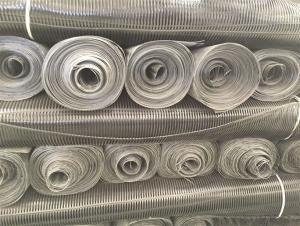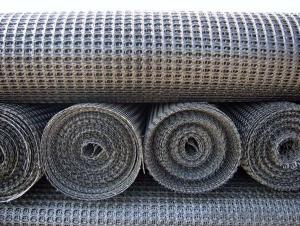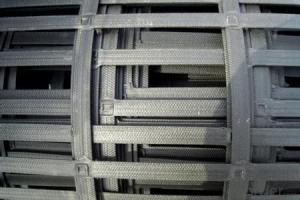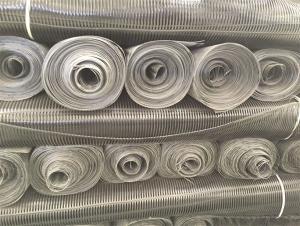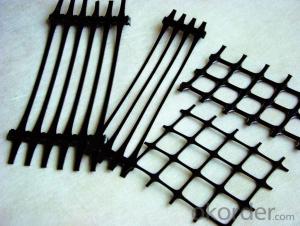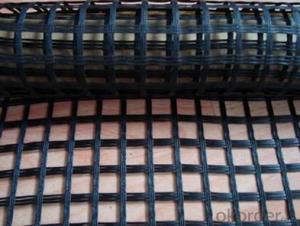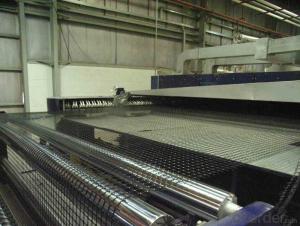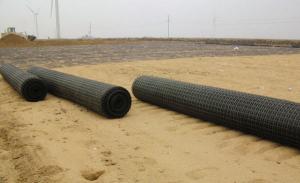Tensar Geogrid Calculator
Tensar Geogrid Calculator Related Searches
Geogrid Machine Geogrid Plastic Paver Plastic Geogrid Black Poly Geogrid Geogrid Landscape Fabric Geogrid Fabric Driveway Geogrid Cost Per Square Foot Geogrid Grass Driveway Geogrid Grass Geogrid RollHot Searches
Fiberglass Scaffolding For Sale Fiberglass Panels For Sale Fiberglass Greenhouses For Sale Geogrid Fabric For Sale Gas Powered Core Aerator For Sale Revolution 4 Propeller For Sale Alabaster Carving Stone For Sale Geogrid For Sale Near Me Tensar Geogrid For Sale Geogrid For Sale Ex Display Log Cabins For Sale Photoelectric Cells For Sale Athletic Lockers For Sale Cubicle Partitions For Sale Stearman Propeller For Sale Palram Greenhouses For Sale Gumbo Bowls For Sale Suzuki Propellers For Sale Freight Crates For Sale Outhouse Sheds For SaleTensar Geogrid Calculator Supplier & Manufacturer from China
Okorder.com is a professional Tensar Geogrid Calculator supplier & manufacturer, offers integrated one-stop services including real-time quoting and online cargo tracking. We are funded by CNBM Group, a Fortune 500 enterprise and the largest Tensar Geogrid Calculator firm in China.Hot Products
FAQ
- Geogrid per square meter
- Of course, it depends on what kind of material you need the geogrid, what kind of specifications!
- The factors that affect the tensile strength of geogrids include the material composition, manufacturing process, aperture size, junction strength, and the presence of any defects or damage. Additionally, external factors like temperature, humidity, and exposure to chemicals or UV radiation can also impact the tensile strength of geogrids.
- Some design considerations for geogrids in reinforced soil slopes include the type and strength of the geogrid material, proper installation techniques, adequate spacing and orientation of the geogrid layers, and the required length and width of the geogrid reinforcement. Additionally, factors such as the soil properties, slope geometry, and anticipated loads must be considered to ensure the geogrids can effectively stabilize the slope and prevent soil erosion or failure.
- Yes, geogrids can be used for reinforcement in embankments and dams. Geogrids are high-strength synthetic materials that are designed to enhance soil stability and prevent erosion. They are commonly used in civil engineering projects, including embankments and dams, to improve the overall strength and stability of the structures. By providing additional tensile strength to the soil, geogrids help to distribute loads more evenly, reduce settlement, and prevent soil movement.
- Yes, geogrids can be used in railway track bed stabilization. Geogrids are commonly used in civil engineering projects to reinforce soil and provide stability. In the case of railway track bed stabilization, geogrids can be installed to improve the stability and strength of the track bed, reducing the risk of settlement and deformation. They help distribute the load and reinforce the subgrade, preventing the track from shifting or sinking.
- Yes, geogrids can be used in the reinforcement of rock slopes. Geogrids are commonly used to stabilize and reinforce soil slopes, but they can also be effective in reinforcing rock slopes. By providing additional tensile strength, geogrids can help prevent slope failure and improve the stability and durability of rock slopes.
- Geogrids help in reducing construction time by providing soil stabilization and reinforcement, which allows for faster and more efficient construction processes. By improving the strength and stability of the soil, geogrids eliminate the need for extensive excavation and grading, thereby minimizing the time required for site preparation. Additionally, geogrids enable the use of less expensive and readily available fill materials, reducing the need for costly and time-consuming transportation of construction materials. Overall, geogrids expedite construction by enhancing soil performance and facilitating a quicker and smoother construction process.
- A woven geogrid is made by weaving polyester or polypropylene yarns together, creating a strong and stable grid structure. On the other hand, a non-woven geogrid is made by bonding polyester or polypropylene fibers together, forming a random network of filaments. This results in different characteristics and performance. Woven geogrids typically have higher tensile strength and are more rigid, making them suitable for applications requiring load distribution and soil reinforcement. Non-woven geogrids, while generally having lower tensile strength, offer excellent filtration and separation capabilities, making them ideal for erosion control, drainage, and subgrade stabilization.





